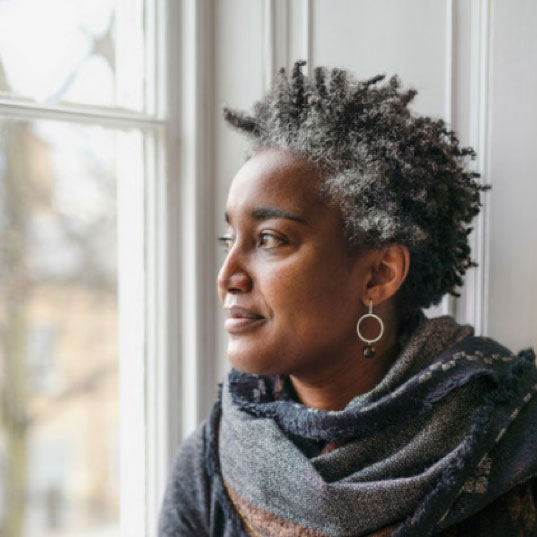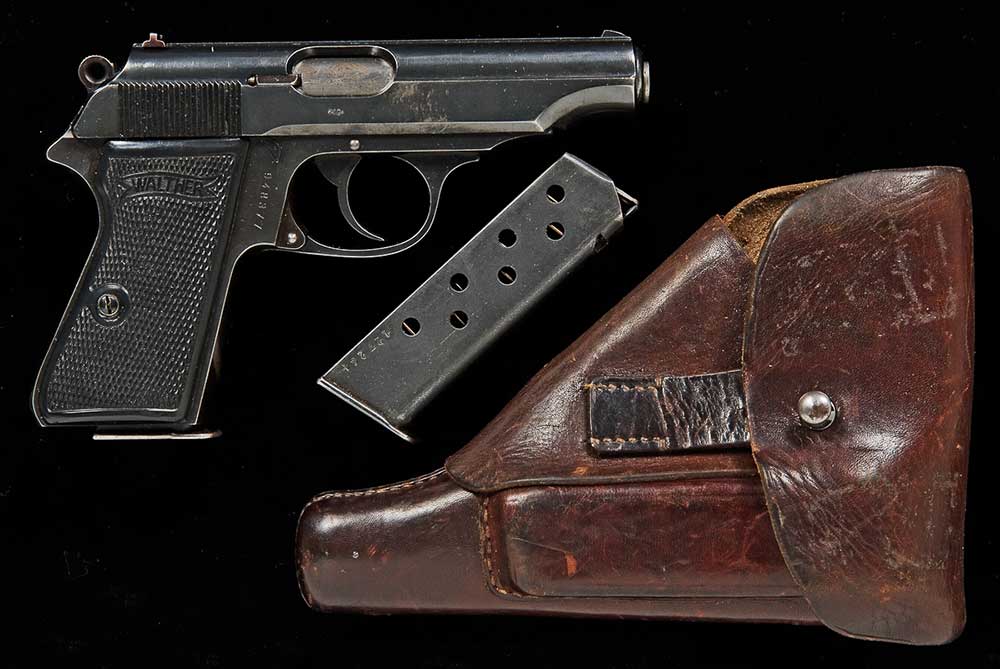
Click image for a larger view
Pitt Rivers Museum, University of Oxford
Accession number: 1884.24.93, 1984.14.5.1-.3
Degna Stone


In the museum of half a million objects
my eyes don’t know where to settle,
so I lose myself amongst the maze of cases.
Every surface is covered, every cabinet
packed with artefacts, acquisition numbers
tattooed conspicuously in precise white paint.
The guide says much of the collection
relates to how to attract a loved one,
how to survive, how to deal with grief ---
In my private state of deferred grief, amidst
the ordered chaos of the present in conversation
with the past, I am drawn to the weapons of war.
In the Upper Gallery the tools we use to harm
each other, objects whose sole function is to cause
injury or death, are displayed according to type.
I learn that the sword was developed purely
for human combat, and that in most cultures
women and swords are rarely found.
The evolution of guns mirrors the evolution
of man, trial and error and experimentation,
each new generation more efficient, more lethal.
There is a hand and a half too heavy to carry,
and a Walther PP, too dangerous to be placed
in the hands of a poet. Objects out of bounds.
Instead I study half a pair of late medieval boots,
one hundred hobnails hammered into its sole,
and a brass aquamanile in the form of a horse.
We can look but not touch, so I slip
into a minor state of sensory deprivation,
sketch the boot’s layers of old animal skin,
try to conjure the wearer, and connect
with a time when technology evolved slowly,
where history was recorded at a human pace.
I imagine the aquamanile filled with water,
imagine purifying my hands of the trauma
of passing through the stages of life,
rinsing away the fear that comes from awaiting
the death of a loved one, and an ever-deepening
belief in the absence of any gods.